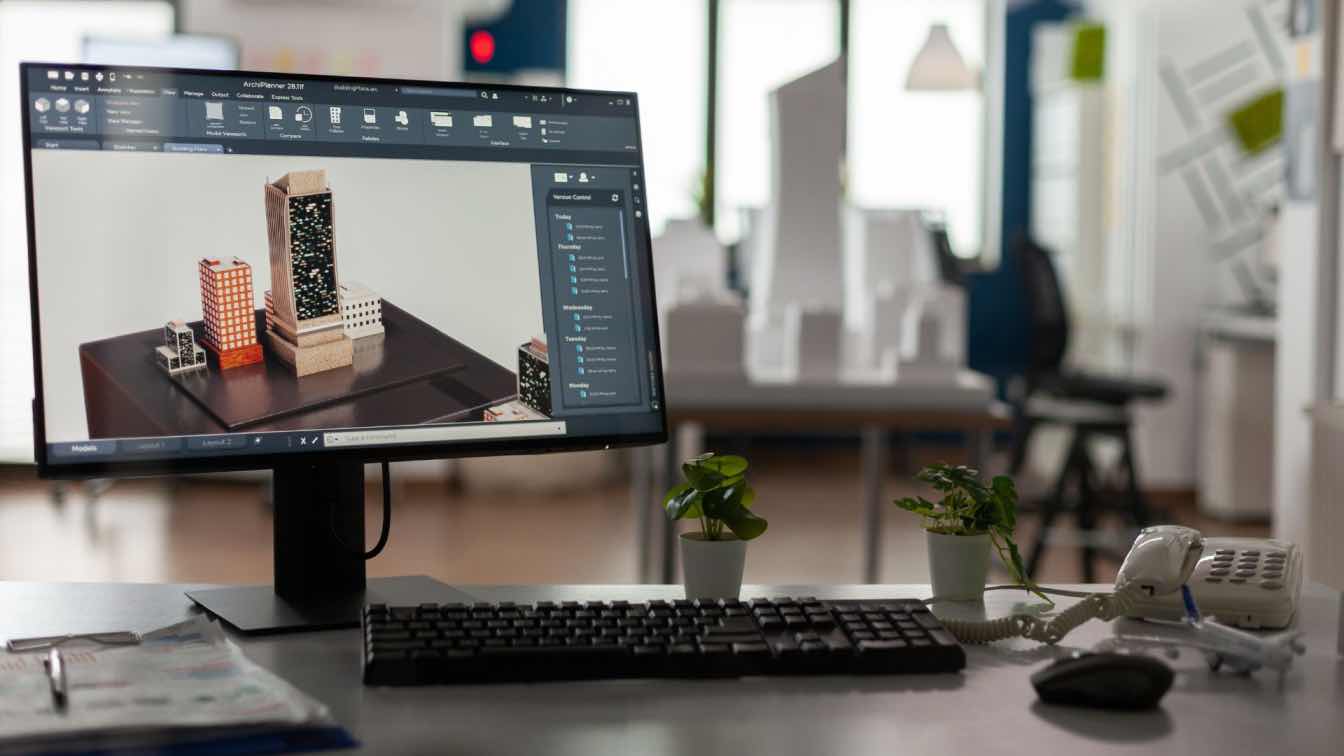How GIS helps explore scenarios and infrastructure needs
GIS is a software that combines spatial data, geographic information, and other relevant details to create land use, land suitability, and other maps. It enables urban planners to sift through, analyze, and make sense of data in innovative ways. This technology lets planners test future scenarios like land use changes, containing urban sprawl, and evaluating the potential impact of foreseen changes based on spatial modeling tools.
Planners can simulate how changes in zoning laws can impact real estate property prices and affordability, how a rapidly growing population will strain transport infrastructure, etc. GIS allows urban planning experts to make smarter decisions and prevent potential problems.
Making data simple
GIS software transforms complicated spatial distribution data into easy-to-grasp visuals. Planners can analyze traffic to identify the best locations for new roads, parks, or other green areas.
The world population is predicted to reach 9.8 billion in 2050 and more than 11.2 billion 50 years later. It’s now three times higher compared to the mid-20th century. There are more than twice as many births as deaths every year, according to data from Worldometers.
Infrastructure experts can analyze environmental factors and population numbers to help spot patterns and make sustainable, data-driven decisions.
GIS enables urban planners to study the connections between different geographic features. One application of this is pinpointing areas at risk of natural disasters, which kill around 45,000 people per year.
GIS’s future role in urban planning
60% of experts who responded in a recent Deloitte survey on the future of infrastructure planned to invest in urban places for cycling, walking, eating, and socializing. 46% expected an increase in multimodal transport demand, and 43% expected higher broadband demand. 36% expected that more people would be working from home, and 22% said demand for office space would drop. Just 4% said fewer people would live in cities.
63% felt there was a need for more electric vehicle charging stations, and 43% saw talent shortage as a more formidable challenge to executing successful infrastructure projects compared to limited budgets and regulatory barriers.
GIS enables planners to gauge the impact of urban development projects. New data sources like sensors, drones, and satellite imagery will capture and analyze data in real-time at a finer level, allowing for more accurate forecasts. It will be possible to develop cities that are better equipped to handle future challenges.
As smart city planning becomes the norm, GIS will integrate with other technologies, like AI and IoT devices, to allow urban planners to collect and analyze huge data volumes. Ultimately, this will result in better decisions and more creative solutions to urban challenges.
Real-world use case: Portland’s bike routes
The city of Portland, Oregon uses GIS for its cycling network. By studying terrain and traffic flow, Portland has established a safe, well-connected network of bike lanes and paths, encouraging more people to bike instead of driving. Statements from officials and city reports confirm the use of GIS.
FAQ
How will GIS help people in 2024 and beyond?
Governments and companies all over the world are increasingly turning to GIS to map and analyze spatial data and provide intuitive data for better service and resource management.
What is the role of GIS in planning future land use?
GIS allows urban planners to create current maps of cities and then use different predictive and data modeling techniques to explore future scenarios. They can create sustainable, thoughtful, future land-use maps. The use of 32% of the world’s land changed between 1960 and 2019, and global land use has changed four times more than previously believed.





